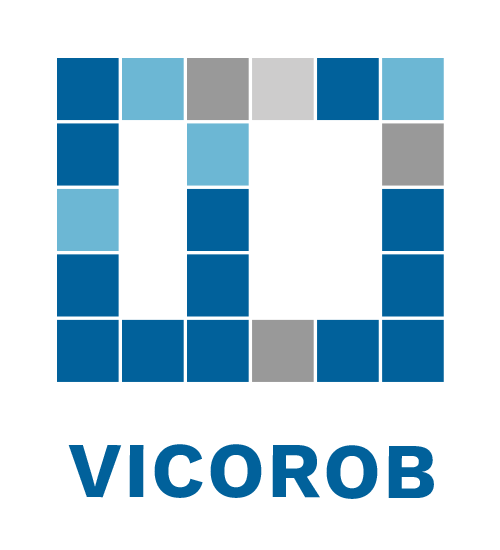Multiple sclerosis (MS) is a chronic inflammatory disease of the central nervous system with a progressive neurodegenerative course, causing disability with both physical and cognitive deficits, which have a huge influence on personal, social and working life of patients and their families. There is no cure, but existing immunomodulatory treatments reduce the number of clinical relapses and are helpful to decrease the chances of disability progression. In this regard, predicting the next stage of the disease is crucial to select the best treatment to interfere in the progression of the disease.
Magnetic Resonance Imaging (MRI) is an essential tool for the diagnosis, monitoring and prognosis of MS and is used to assess disease progression through regular MRI analyses over time. Recent studies have shown the potential of using Deep Learning (DL) techniques to extract structural information from MRI images. However, although relevant medical studies have highlighted the importance of global and regional brain atrophy to predict patient evolution, the actual available tools are not robust and accurate enough to provide atrophy changes usable in clinical practice. The main goal of this project is to investigate, develop and validate new computerised tools to quantify brain atrophy and to build predictive models for brain diseases such as MS. From the technological point of view, the project pushes the state of the art in various areas, investigating: i) the use of DL techniques to improve current longitudinal MRI brain atrophy biomarkers in the presence of brain lesions; ii) novel DL approaches for image synthesis to generate datasets with controlled/simulated atrophy changes and to deal also with MRI image heterogeneity; iii) development of MS predictive models, investigating both traditional and DL methods to fuse MRI information with other relevant clinical, laboratory and patient data to infer the probability of future events (risk of progression or effectivity of a particular drug); and iv) novel learning to learn approaches to study the applicability of MRI biomarkers and predictive models to different brain diseases.

